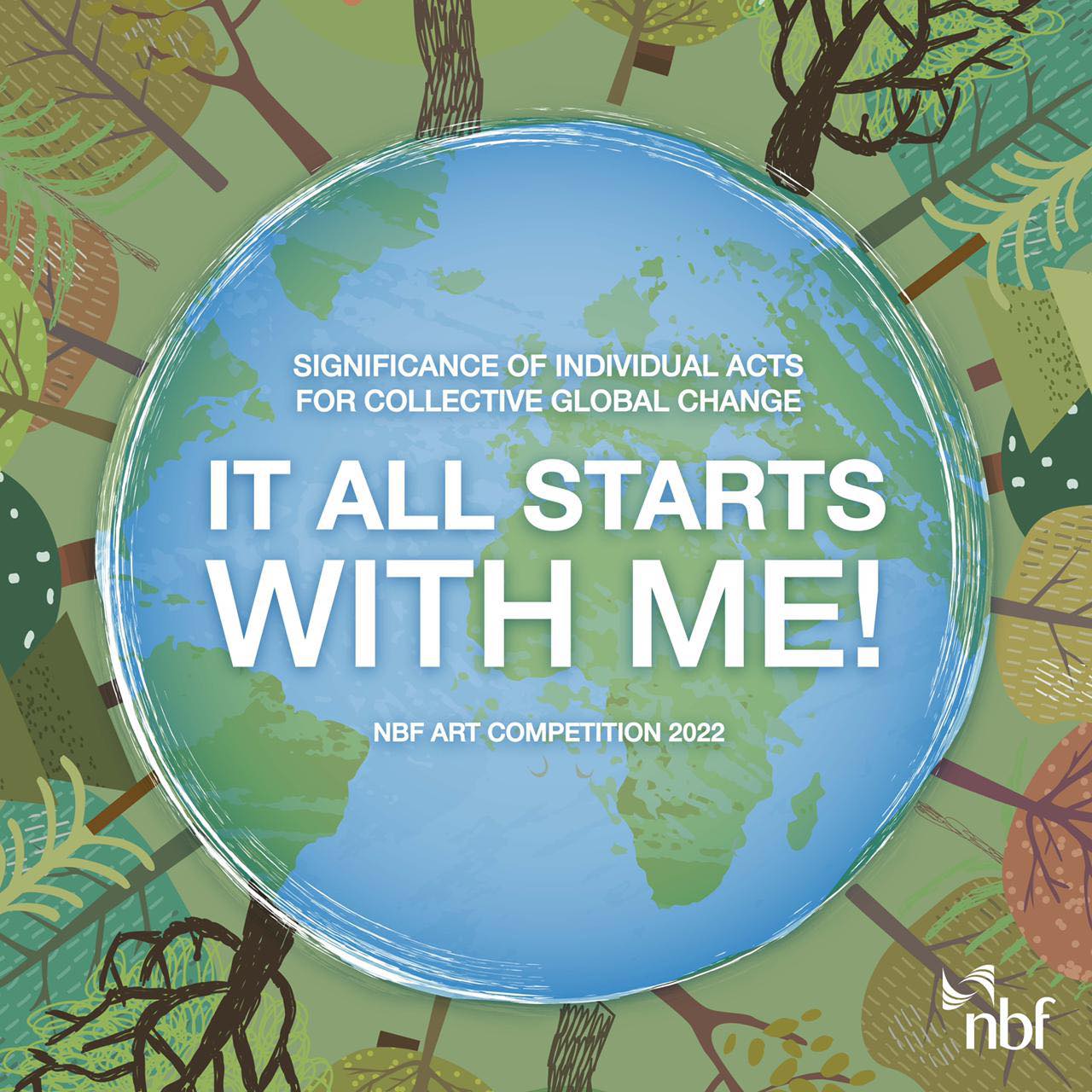Curated by Dr Ridha Moumni, Chairman, Christie’s Middle East and Africa, the exhibition will highlight the major milestones of Mater’s career, from unseen early abstract paintings, to the celebrated Illumination series, as well as pivotal works from the Desert of Pharan project. The artist’s site-specific commission, for Wadi AlFann, AlUla, will take centre stage with sculptures and studies related to the Ashab Al-Lal project, alongside new works such as Magnetism Book, presented to the public for the first time.

The exhibition represents a unique moment to witness the transformations of the social and cultural landscapes of Saudi Arabia whilst reflecting on the region’s multifaceted identity. Through his practice, Mater documents and analyses these changes and imagines possible prognoses for a land of unprecedented religious, social, economic, and political influence, taking into consideration the psychological impact on the individual, the community, society, and the world.
Ahmed Mater: Chronicles, is the most comprehensive exhibition dedicated to the artist to date, bringing together different stages of the artist’s career and revealing his unique path as a chronicler of his homeland’s materiality and spirituality.

© Ahmed Mater, Courtesy of the Artist
Exhibition Highlights, selected by Dr Ridha Moumni, Curator and Chairman, Christie’s MENA, include ‘Magnetism Book’, a new work from Ahmed Mater’s iconic ‘Magnetism’ series. Drawing inspiration from the Holy Qur’an and religious texts, Mater uses magnets and iron filings to symbolise the sacred verses, highlighting the spiritual forces that uphold human faith. Variations of the original Magnetism installation have been exhibited at prominent institutions worldwide including the British Museum, London; Institut du Monde Arabe, Paris; Mathaf: Arab Museum of Modern Art, Doha and Brooklyn Museum.

© Ahmed Mater, Courtesy of the Artist
‘Boundary’, takes the shape of a mihrab, the niche in the wall of a mosque that indicates qibla, the direction of prayer. Mater has mutated the mihrab into an airport security scanner, reflecting on surveillance and security operations that have become part of daily life for Muslims.

An extraordinary preview of Ahmed Mater’s site-specific installation commissioned by Wadi AlFann, Valley of the Arts, AlUla, will be taking centre stage, Ashab Al-Lal will explore the mythic space between subjective imagination and objective reality by generating a mirage within the desert landscape of AlUla, North-West Saudi Arabia. Mater is one of the first five artists commissioned to create site-specific land art installations for Wadi AlFann, which will start welcoming visitors in 2025.

©Ahmed Mater. Courtesy of the Royal Commission for AlUla
Exhibited alongside Ashab Al-Lal sculptures will be a group of Illuminations and studies related to the project, including ‘Illuminations I’, which was previously exhibited at the House of Architectural Heritage, Bahrain, and at AlJadaidah, Arts District in AlUla.

© Ahmed Mater, Collection of Barjeel Art Foundation
‘Talisman X-ray Blue (Torso)’ is part of the artist’s celebrated Illumination series, in which the artist fuses past and present and bridges subjects often conceived as irreconcilable: faith and science. Drawing inspiration from the Islamic arts of the book, Mater employs gold leaf, tea, pomegranate, coffee, and other materials traditionally used on the pages of Islamic manuscripts. Although typically a small and intimate art form, Mater expands the scale of his illuminated page and creates a different sense of intimacy by incorporating human X-rays.

Executed in 2017. © Ahmed Mater, Courtesy of the Artist
‘Lightening Land’ shows an enormous lightning bolt hitting the desert landscape with an oil field on the left and a Bedouin tent on the right. Through this erratic and unpredictable flash of force, the artist highlights the tensions of land caught between past and future, tradition and innovation, heritage and globalisation and considers their impact on both an individual and societal level.

Executed in 2010. © Ahmed Mater, Courtesy of the Artist
Another iconic work featured in the exhibition is ‘Evolution of Man’. This comments on the rapid evolution of Saudi Arabia since its discovery of oil in 1938, which transformed the Kingdom’s economic, political, social, and religious landscape. The morphing of a gas pump into a man, gun to its head, reflects on a foreboding prognosis – that of the risks to the environment, social fabric, and ultimate threat of cycles of destruction.
It is an extraordinary privilege to present an odyssey into Ahmed Mater’s visionary practice, the first mid-career retrospective dedicated to one of the leading cultural voices of the Middle East. Mater’s captivating journey invites us to rethink urban and natural environments, unearth hidden histories, envision potential futures and ponder profound beliefs. His artistic responses to the swift transformations within Saudi Arabia’s complex social and cultural context invite us to discover fascinating narratives of an evolving land and reflect on its multifaceted identity.’
Dr Ridha Moumni, Chairman, Christie’s Middle East & Africa
Ahmed Mater, remarks, ‘It is a great honour to present my artistic journey at Christie’s historic headquarters in London this summer. It is especially poignant for me to exhibit in London, almost 20 years after the first presentation of my work outside Saudi Arabia at the British Museum in 2005. I am thrilled to have the opportunity to reconnect with the city and its dynamic art community through this immersive and comprehensive exhibition of my practice. I have been witnessing Christie’s dedication over the years to promote art from the region and it is a distinction to be aligned in this respect, and build an educational and cross-cultural dialogue.’
About Ahmed Mater

© Ahmed Mater, Courtesy of the Artist
Ahmed Mater (b. 1979, Tabuk, Saudi Arabia). Currently lives and works in Riyadh, Saudi Arabia. Physician turned artist, Ahmed Mater is one of the most significant cultural voices documenting and scrutinising the realities of contemporary Saudi Arabia. Forging an ongoing, complex mapping of the Kingdom, his practice explores collective memories to uncover and record unofficial histories. The historical, geographical and topical breadth of his research-led inquiries are sharpened by the incisive actions of his conceptual works. With this scope, Mater imagines possible prognoses for a land of unprecedented religious, social, economic, and political influence. His life has been lived poised at intersections, tracing fracturing fault lines of vying systems: past, present and future; tradition and innovation; heritage and globalisation; religion, faith, economic prowess and modernisation. Using photography, film, sculpture and performance, he maps, documents and analyses these changes, considering the psychological impact on the individual, the community, society, and the world.
For more information. please visit https://www.christies.com.



